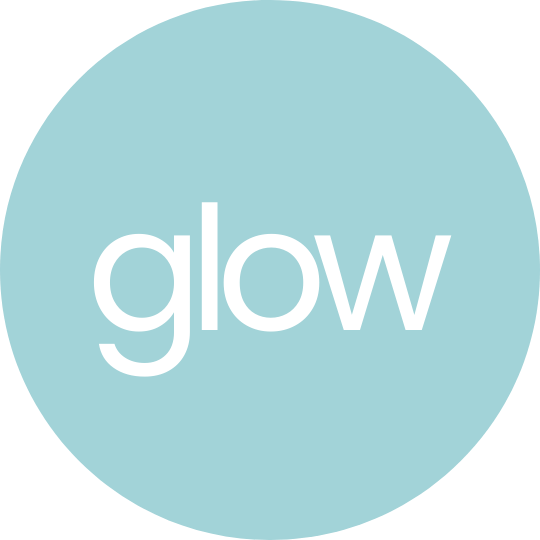Via Medesthetics Magazine
FOR THE FIRST TIME, RESEARCHERS USE GENE SEQUENCING TECHNOLOGY TO STUDY THE EFFECTS OF BROADBAND LIGHT ON SKIN AGING.
“Clinical and histological studies have been showing the rejuvenating effects of broadband light (BBL) for some time, but this is the first study to show rejuvenation at the genetic level,” says Hayes Gladstone, MD, Berman Gladstone Skin Institute, Palo Alto, California.
Dr. Gladstone is referring to a pilot study led by dermatologist Anne Lynn S. Chang, MD, (“Rejuvenation of Gene Expression Pattern of Aged Human Skin by BroadBand Light Treatment,” J. Invest. Dermat., advanced publication online, October 25, 2012). Dr. Chang and colleagues at Stanford University School of Medicine, Howard Hughes Medical Institute and Advanced Aesthetic Dermatology, Los Gatos, California, treated the left forearms of five female participants with the BBL module of the Sciton Joule Platform three times at four-week intervals. Four weeks after the final treatment, they took skin biopsies from treated skin and adjacent untreated skin, which was used to obtain genetic material for a variety of comparisons. They also took biopsies from five participants under the age of 30 for a baseline comparison of youthful skin.
Study results from treated skin showed “rejuvenation” in a number of genes linked to the aging process. The data also revealed a set of genetic targets that may lead to more information about how skin ages.
“The implications of this study go far beyond appearance. It shows that BBL treatments actually affect gene function. This is true antiaging because genes ultimately control the aging process. There is still a lot of work to be done, of course, as the authors made clear. This is a preliminary study looking at genetic changes at one point in time–four weeks after treatment. It doesn’t show whether these changes persist,” says Dr. Gladstone.
“We could not have done a study like this five years ago,” says Jason Pozner, MD, founder of Sanctuary Plastic surgery and co-owner of Sanctuary Medical Aesthetic Center, Boca Raton, Florida. “The gene sequencing technology needed for this study was not readily available then, but we are sure to see many more similar studies in the future. We have seen clinical evidence that broadband light treatments change patients’ appearance, but now we have objective evidence that the differences we see stem from actual changes at the molecular level. We need to figure out what is behind these genetic changes. Is it light? Why does heat cause skin tightening? What is happening at the molecular level?”
Dr. Pozner also notes that we need to look at this study in context, not as an isolated event. He points to additional studies like the one he did with Patrick J. Bitter, Jr., (awaiting publication in Lasers in Surgery and Medicine), which presents the effects of BBL treatments over a period of 8 to 10 years, demonstrating that a regular regimen of BBL treatments can reduce and delay signs of skin aging. “Everything we are seeing at the moment with aesthetic devices like BBL is very exciting,” he says. “I’m looking forward to similar studies with other technologies like lasers and ultrasound.”
“That is another exciting aspect of this study,” adds Dr. Gladstone. “If we can achieve such fundamental changes with BBL, what will we find with lasers or ultrasound? Can we target specific genes with BBL or other technologies that will cause them to express themselves in more youthful ways? If we can manipulate genes with these tools, we can manipulate appearance–and functions beyond appearance. Ultimately, medicine will target genes that cause disease or create dysfunction. We could target genes which precisely control elastin, for example, without causing injury to surrounding tissues and achieve significant antiaging effects without downtime.”






